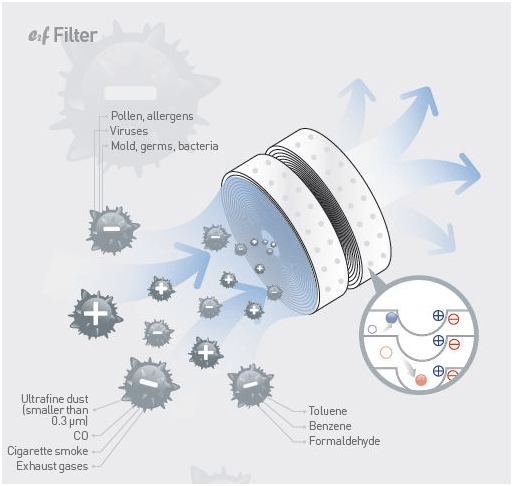The Future Of Home Heating - Just How Heatpump Innovation Is Evolving
The Future Of Home Heating - Just How Heatpump Innovation Is Evolving
Blog Article
Content Author-Fraser Dominguez
Heatpump will certainly be a critical modern technology for decarbonising heating. In a situation constant with federal governments' revealed power and environment dedications, their global capacity doubles by 2030, while their share in heating rises to one-quarter.
They function best in well-insulated homes and rely upon electrical energy, which can be supplied from a sustainable power grid. click the up coming website page are making them much more reliable, smarter and cheaper.
Gas Cells
Heatpump make use of a compressor, cooling agent, coils and followers to move the air and heat in homes and appliances. They can be powered by solar energy or electrical energy from the grid. They have been getting appeal as a result of their low cost, silent operation and the ability to produce electricity throughout peak power demand.
Some firms, like IdaTech and BG MicroGen, are servicing gas cells for home heating. These microgenerators can change a gas central heating boiler and generate several of a house's electrical requirements with a connection to the electrical power grid for the rest.
However there are factors to be skeptical of using hydrogen for home heating, Rosenow states. It would be expensive and ineffective contrasted to other modern technologies, and it would add to carbon discharges.
Smart and Connected Technologies
Smart home technology enables house owners to connect and regulate their devices from another location with making use of mobile phone apps. For example, smart thermostats can learn your heating choices and instantly adjust to enhance power consumption. Smart lighting systems can be managed with voice commands and automatically shut off lights when you leave the room, decreasing energy waste. And smart plugs can check and handle your electric usage, allowing you to recognize and restrict energy-hungry appliances.
The tech-savvy family illustrated in Carina's meeting is a good image of exactly how owners reconfigure room heating practices in the light of new clever home innovations. They rely on the tools' automated features to carry out everyday changes and concern them as a hassle-free ways of performing their home heating practices. As https://www.runnersworld.com/training/a37156471/summer-running-why-it-feels-hard-to-train/ , they see no factor to adjust their practices further in order to make it possible for adaptability in their home energy demand, and interventions targeting at doing so might encounter resistance from these households.
Power
Given that warming homes represent 13% of US exhausts, a switch to cleaner alternatives could make a huge difference. However the innovation deals with challenges: It's expensive and requires extensive home renovations. And it's not always compatible with renewable energy resources, such as solar and wind.
Up until just recently, electric heatpump were too costly to compete with gas versions in many markets. But new technologies in design and products are making them much more cost effective. And much better cold climate performance is allowing them to function well also in subzero temperatures.
The next action in decarbonising home heating may be using warmth networks, which draw heat from a central source, such as a close-by river or sea inlet, and distribute it to a network of homes or buildings. That would lower carbon exhausts and allow houses to benefit from renewable energy, such as environment-friendly electrical power from a grid supplied by renewables. This alternative would certainly be much less expensive than changing to hydrogen, a nonrenewable fuel source that needs brand-new infrastructure and would just minimize carbon dioxide discharges by 5 percent if coupled with boosted home insulation.
Renewable Energy
As electricity rates go down, we're beginning to see the same pattern in home heating that has actually driven electrical automobiles right into the mainstream-- but at an even quicker pace. The solid climate situation for electrifying homes has been pressed even more by brand-new research.
Renewables represent a considerable share of modern-day heat usage, however have been offered limited plan focus internationally compared to various other end-use markets-- and also less attention than electrical energy has. Partly, this shows a mix of customer inertia, divided incentives and, in numerous countries, subsidies for fossil fuels.
New technologies can make the shift less complicated. For example, heat pumps can be made much more power reliable by changing old R-22 cooling agents with new ones that do not have the high GWPs of their predecessors. Some professionals additionally envision area systems that attract heat from a close-by river or sea inlet, like a Norwegian fjord. The cozy water can after that be utilized for heating & cooling in a community.